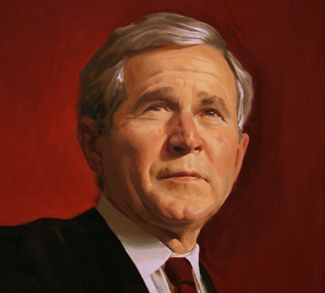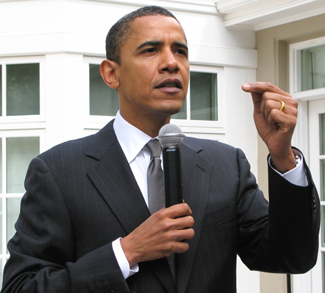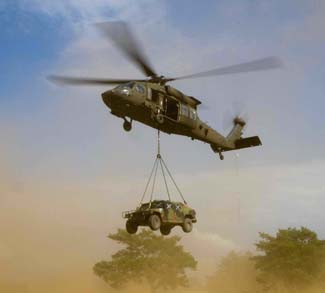Members of the defense community in Canberra like to consider Australia a middle power in the Asia-Pacific region. In military terms, being a middle power means playing a role, though not a lead one, in military endeavors; it also denotes an inability to look after the country’s national security interests unilaterally. Yet current trends indicate that Australia will soon lose the ability to behave like a middle power on the world stage, and even regionally, in military matters, and instead come to rely more on diplomatic initiatives.
Why Now?
Australia is the 12th largest economy in the world and is ranked 13th in terms of military spending according to the International Institute for Strategic Studies. A country’s military is largely determined by the size of its economy, and Australia currently spends approximately 1.6% of GDP on its military; over the next decade it will look to bring this number to 2% of GDP. Whilst Australia’s economy has grown in the recent past, defense spending as a percentage of GDP has in fact declined. In order to sustain the current force structure, Canberra will need to spend even more than the 2% GDP number now being floated. However, this seems very unlikely considering Australia’s budget forecasts. Also, these figures tend to look a lot smaller relative to other countries in the Asia-Pacific region as they continue to expand their military forces. This will adversely affect and inhibit the Australian Defence Force (ADF), which means Australia’s geo-strategic position relative to other countries in the region will diminish.
Outcomes for the ADF
1) An increasing inability to contribute in a meaningful way to military operations in support of the US alliance
Over the past fifteen years, Australia has made military contributions to Iraq, Afghanistan, East Timor, and the Solomon Islands, as well as a host of others under the banner of the United Nations. These contributions have served two of Australia’s national interests: fostering a secure South Pacific and a stable, rules-based global order. The rationale behind the contributions, especially in Iraq and Afghanistan, was to support Canberra’s alliance with Washington and generate mutual goodwill, because the logic is that Australia’s defense force is unable to defend the county unilaterally and hence relies on a powerful Anglo-Saxon ally for support. Yet despite this, Washington has been increasingly pushing for its ally to share more of the military burden. This requires Australia to increase military spending, which will prove difficult as ADF personnel costs are already hurting the prospect of additional funding for new conventional capabilities.
Increasing military spending as a proportion of GDP would be a break with the past. Since World War II, Canberra has maintained a defense force posture of ‘bandwagoning’ with Washington to strengthen Australia’s strategic position. The policy is tantamount to giving Canberra a ‘free ride’ on the back of US hegemony, which allows it to avoid adopting a more unilateral defense posture. It has also meant a consistent level of spending. Given the changing nature of the Asia-Pacific region and the era of Asian stability based on uncontested American primacy coming to an end, Canberra finds itself in a region that will likely be more volatile in the future. This increases the level of strategic uncertainty, and requires a build-up in armed forces to reduce the risk that the evolving security equation in Asia will undermine Australia’s position. It is common practice that when countries face a more volatile and insecure international environment, defense spending increases (Japan is an exception), yet for Australia such a course seems unlikely given its budget forecasts.
Whilst Canberra has committed a small land force to Iraq in response to the emergence of the Islamic State more recently, it will be unable to make meaningful naval or air contributions during contingencies in the Asia-Pacific region whereby great-power competition is defining the security environment, necessitating large-scale conventional capabilities. Instead, Canberra will be forced to rely on diplomatic and economic channels to preserve the status-quo in the region and respond to contentious issues.
2) Canberra’s middle-power status and geo-strategic position will make it increasingly reliant on diplomatic approaches
As noted earlier, Australia’s defense spending will decline relative to other Asia-Pacific powers. Yet there are other means to preserve Australia’s middle-power status. A middle power takes a proactive diplomatic approach within their respective region, whether it is through institution-building or supporting preexisting institutions due to the fact that military endeavors carry unnecessary risk. The recent MH17 crisis provided Canberra an opportunity to demonstrate its diplomatic clout by standing up to Russia. The aftermath of the MH17 disaster was addressed through diplomatic channels, thereby asserting that Australia could retain some elements of a middle-power status. Canberra successfully passed a resolution through the UNSC, which allowed investigators to enter the crash site. If current trends continue, Canberra will be increasingly reliant on diplomatic and economic efforts to achieve national security objectives in the coming decades.
Forecast
Australia is only a military middle power because of its alliance with the United States. However, in its own right, Australia will lose its status as a middle power in terms of its military capabilities in the Asia-Pacific, retaining only the ability to shape events through diplomatic channels. Canberra’s status as a small military power could mean less involvement in military campaigns; an inability to balance against rising military powers in the region; less hedging against the United States and more reliance on Washington for support. In order to address security risks, diplomatic and maybe economic channels will be given more credence as the ADF will be unable to address security risks of a conventional nature. When Washington asks for assistance, Canberra might be inclined to provide only non-military assistance. Overall, the 21st century will prove a challenging time for Australia and Canberra’s ability to respond effectively to all security contingencies.
The opinions, beliefs, and viewpoints expressed by the authors are theirs alone and don’t reflect any official position of Geopoliticalmonitor.com.




